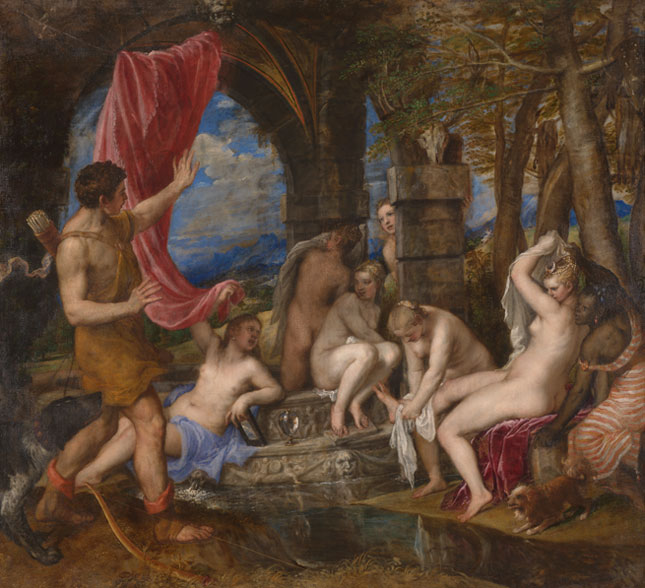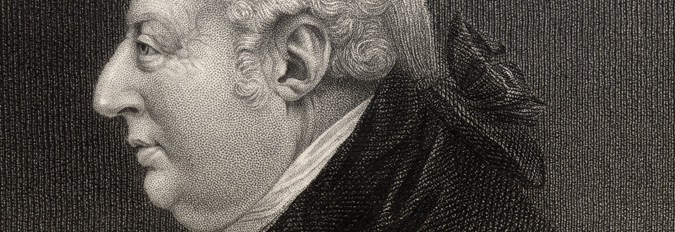Diana and Actaeon: a history

Among the Duke of Bridgewater’s most prized acquisitions was Titian’s Diana and Actaeon. The painting had long attracted high praise.
Throughout much of the 18th century, it was on display at the Palais Royal, Paris, where it would have been familiar to many serious art lovers. The painting was hugely admired by many of Bridgewater’s contemporaries and has continued to be held in high esteem to the present day.
The early days
Until it came to Britain, the painting – along with its companion piece ‘Diana and Callisto’ – enjoyed uninterrupted royal ownership. Completed in 1559, the work was first painted for Philip II of Spain. It very nearly came to Britain as early as 1623 when the future King Charles I was negotiating a possible marriage to a Spanish bride. The marriage plans fell through and the painting eventually went to France, where it entered the collection of the notorious Philippe, Duc d’Orléans.
The Orléans sale
The Duc d’Orléans became regent (and thus effectively ruler) of France in 1715. Until his death in 1723 he built up an unrivalled art collection, containing masterpieces from almost every school and in every medium. The paintings were kept on view in the Palais Royal, Paris. (Twenty five of these paintings are today in the National Gallery, including Sebastiano del Piombo’s Raising of Lazarus.)
In the 1790s the regent’s great-grandson, Philippe II, Duc d’Orléans was forced to sell the collection. This was a great age of aristocratic panic. The French Revolution (and later the Napoleonic Wars) caused the dispersal of many great European collections.
The duke found himself saddled with debts, but also needing substantial funds to secure his political position. The paintings had to be sold. Alas, money could not save him. Even ‘rebranding’ himself as Philippe Egalité, was not enough. The duke eventually lost his head. Meanwhile British collectors were given an unrivalled opportunity to acquire some of the world’s greatest works of art.
Buying the collection
The British Prime Minister William Pitt the Younger (1759–1806) and King George III were said to have supported attempts to buy the paintings for the nation.
Eventually the paintings did come to London. The French and Italian works came into the hands of Jeremiah Harman, an art collecting director of the Bank of England. Harman chose to sell on these pictures almost immediately. In the early summer of 1798 they were bought by a gentleman art dealer Michael Bryan for £43,000. Bryan sold this dazzling set of paintings to Bridgewater and his syndicate – including 'Diana and Actaeon'.

